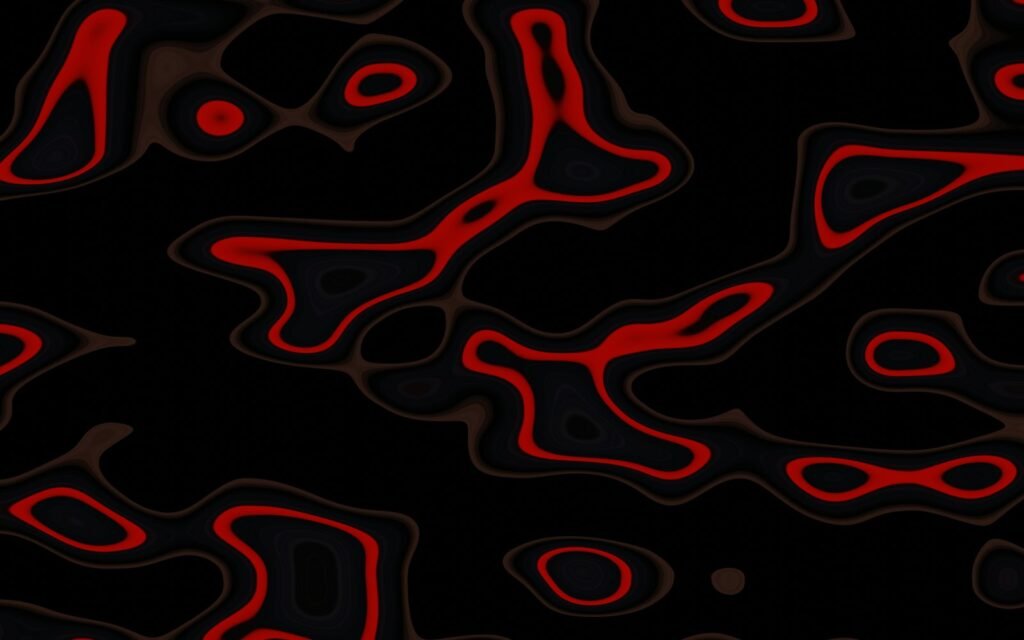Every year, the sky writes the same story in new ink: light lengthens, shadows tilt, and our bodies quietly adjust. Ancient sky-watchers mapped that rhythm into a wheel of twelve signs, each a snapshot of the Sun’s path. Today, astronomers describe the same choreography with axial tilt, orbital mechanics, and the ecliptic, while psychologists track how changing daylight nudges sleep, mood, and motivation. The mystery isn’t whether seasons shape us – they do – but how those shifts align with the symbolic language we’ve inherited. Here’s where astronomy anchors the poetry, and where psychology helps translate it for modern life.
The Hidden Clues
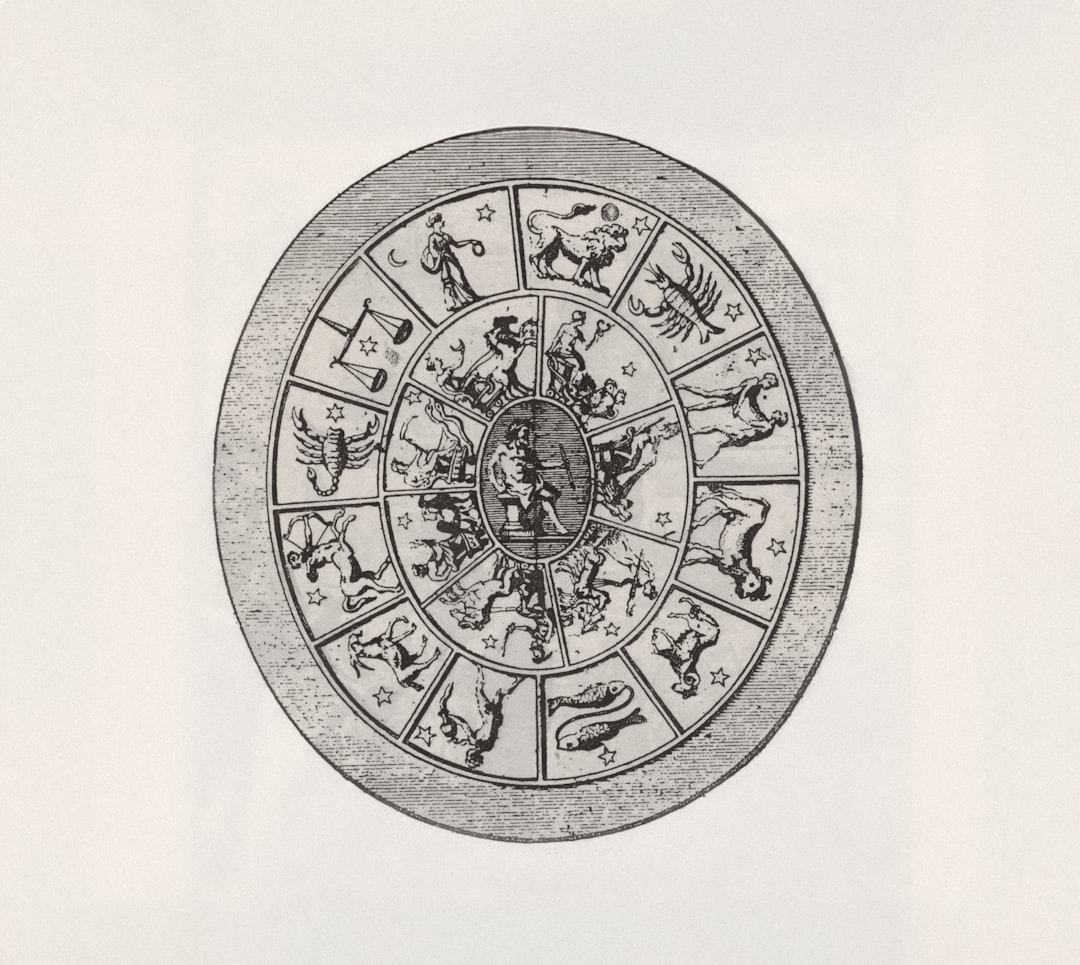
Here’s the surprising part: the zodiac used in Western astrology starts not with a star pattern, but with a date – the March equinox, when day and night balance. From that moment, the ecliptic is divided into twelve equal slices, each thirty degrees, regardless of where the starry constellations now sit because of the slow wobble of Earth’s axis. This tropical system ties signs to seasonal phases, not to star shapes, so its symbolism rises and falls with real changes in light and temperature.
That anchor explains why the equinox-aligned Aries reads like ignition and why the solstice-aligned Cancer reads like nesting. The science underneath is plain: Earth’s roughly twenty-three-and-a-half degree tilt drives photoperiod – the length of day – that tunes hormones, sleep, and energy. When people say a sign feels like a season, they’re noticing a pattern the planet wrote first and our ancestors named later.
Spring Signs: Aries, Taurus, Gemini

Aries begins at the vernal equinox, the calendar’s green light. Symbolically it’s the match head: seedlings crack, ice lets go, and our physiology often perks as mornings brighten. Psychologists track modest spring upticks in activity and sociability as melatonin shortens and circadian timing resets, which makes the Aries motif of initiative feel grounded.
Taurus arrives as early growth thickens into stems and habits, favoring steadiness, appetite, and craft. It’s the season of building muscle back, of soil with give, of routines that actually stick. Gemini closes spring with wind and pollen, a quickening that fits its language-and-links reputation – neighborhoods breathe back to life, calendars fill, ideas travel faster than shoes.
Summer Signs: Cancer, Leo, Virgo
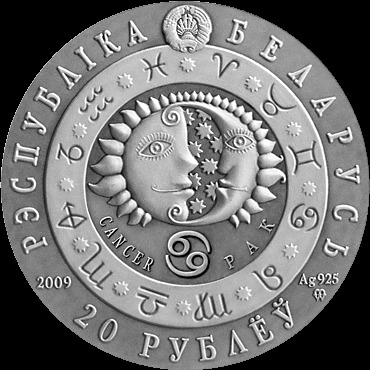
Cancer opens at the June solstice when daylight peaks and the Sun rides high, a natural cue for shelter, caregiving, and anchoring home base. Biologically, humans spend more time outdoors and with kin, a simple reason domestic themes feel seasonally correct here. On a reporting trip one July, I noticed porch light gatherings stretching late, a real-world echo of Cancer’s protective circle.
Leo follows when heat matures and display becomes the day’s sport: festivals, parades, and the theater of summer. It’s the season of play as public performance, of confidence warmed by long evenings. Virgo closes the arc with harvest logic – sorting, proofing, repairing – as late-summer fields and school-year lists both demand practical intelligence.
Autumn Signs: Libra, Scorpio, Sagittarius
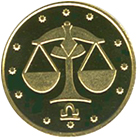
Libra starts at the September equinox, the second balance point, when the Sun’s arc drops and shadows sharpen. The symbolism of scales fits because life renegotiates: workloads, daylight, and social contracts all rebalance after the spree of summer. Many cultures mark this pivot with fairness rituals and shared feasts, tying Libra’s relational focus to a planetary ledger.
Mid-autumn belongs to Scorpio, the compost stage where surfaces fade and inner processes rule. In the world outside, decay feeds soil, microbes feast, and transformation accelerates in quiet places; psychologically, it’s apt for depth work and cutting away. Sagittarius arrives as horizons widen – migrations launch, maps come out, and planning stretches past the first frost toward distant goals.
Winter Signs: Capricorn, Aquarius, Pisces

Capricorn claims the December solstice, the year’s darkest checkpoint, when discipline and structure keep communities warm. Think of granaries, budgets, and shared calendars, pragmatic tools honed by scarcity and cold. The sign’s reputation for endurance mirrors a season that rewards long views over quick wins.
Aquarius lands in deep winter when nights are clear and ideas crackle like ice. Historically, councils convened, inventions emerged from necessity, and social networks – literal and figurative – kept people alive. Pisces closes the cycle in late winter’s melt, a liminal time of fog and thaw when dreams, art, and empathy refill the ground before spring strikes the match again.
Why It Matters
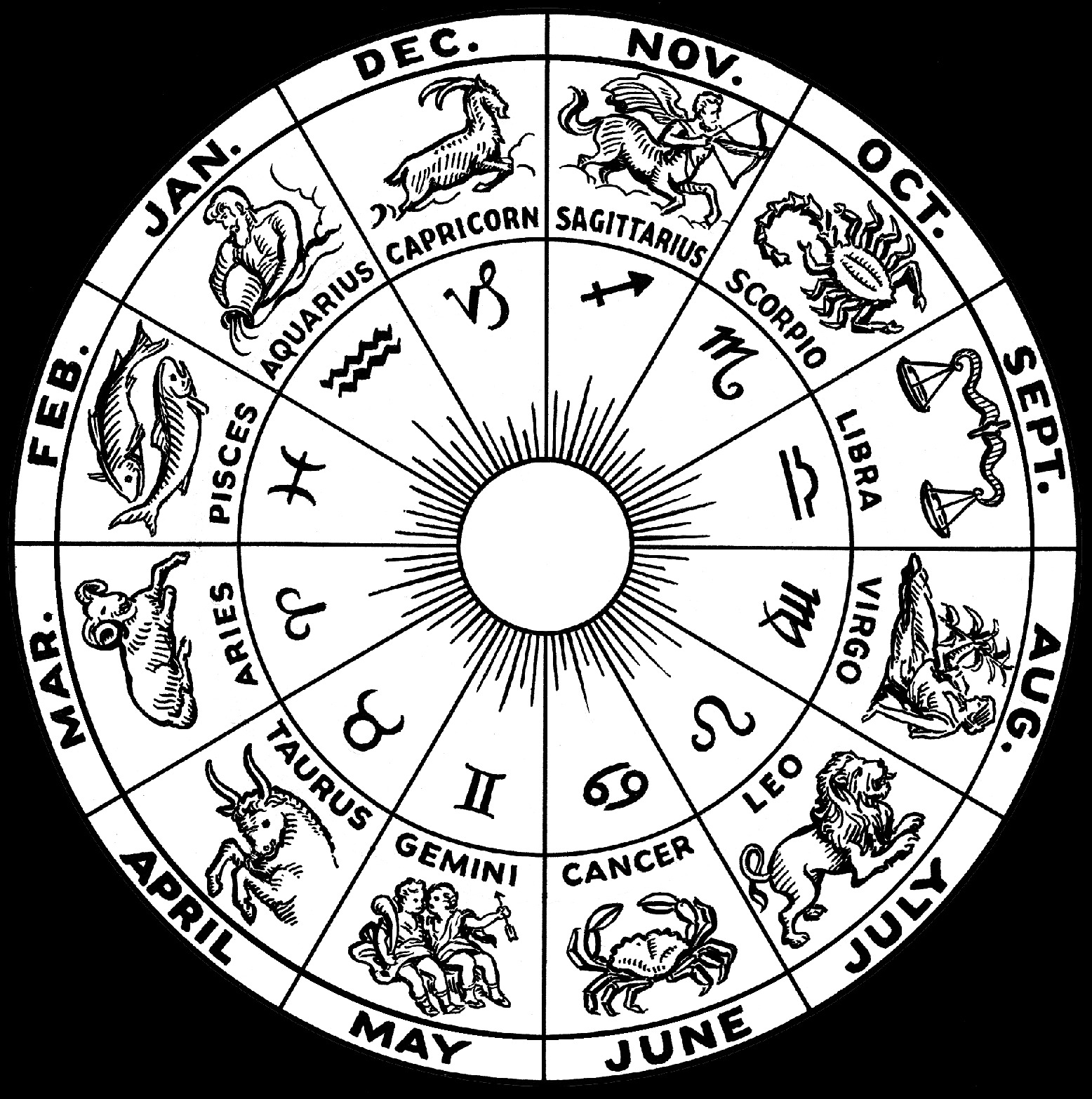
Linking signs to seasons reframes zodiac language as a cultural weather report, not a fate map. It gives ordinary planning a planetary context: start bold at the equinox, consolidate mid-spring, recalibrate at fall’s balance, and conserve at the solstice. Comparing this to traditional personality readings, the seasonal lens is less about who you are and more about when certain strategies thrive.
There’s science to lean on and science to be cautious about. We know photoperiod shapes circadian timing, sleep drive, and mood; we also know that sweeping claims about personality by birth date rarely hold up. Consider a few grounded facts: – Earth’s tilt drives the seasons; the tropical zodiac aligns its zero point to the equinox, not the stars. – Day length modulates hormones and sleep, influencing energy and social behavior in many populations. – Cultural rituals cluster at seasonal pivots, reinforcing shared meanings that the zodiac simply codifies.
The Future Landscape

New tools can test seasonal-symbolic claims without overreach. Wearables already log sleep, light exposure, and heart rhythms at scale, allowing researchers to map how daily experience bends around equinoxes and solstices. With privacy intact, those anonymized curves could reveal which motivational strategies ride the daylight wave most efficiently.
Satellite light data, pollen counts, and high-resolution weather models can be layered with social rhythms – from commuting patterns to festival calendars – to quantify the seasonal backdrop of behavior. The challenge is filtering out confirmation bias and the well-known Barnum effect while keeping the metaphors that help people act. Done right, we get a pragmatic calendar that blends chronobiology with culture, accessible to anyone with a phone and curiosity.
Spring Signs, Close-Up: How Aries–Taurus–Gemini Track Growth

If spring has a three-act structure, Aries is ignition, Taurus is torque, and Gemini is gears clicking up. Early spring rewards risk because resources are light and the curve of daylight is steep – habits formed now harness that momentum. Mid-spring favors reliable repetitions, the Taurus mood of building and savoring.
Late spring’s Gemini stage invites cross-pollination: collaborations, introductions, and learning sprints. My own best interviews tend to happen then, when schedules loosen and ideas travel face to face. The psychology here is simple – more light, more contact, more chances to connect dots.
Summer Signs, Close-Up: How Cancer–Leo–Virgo Shape Effort
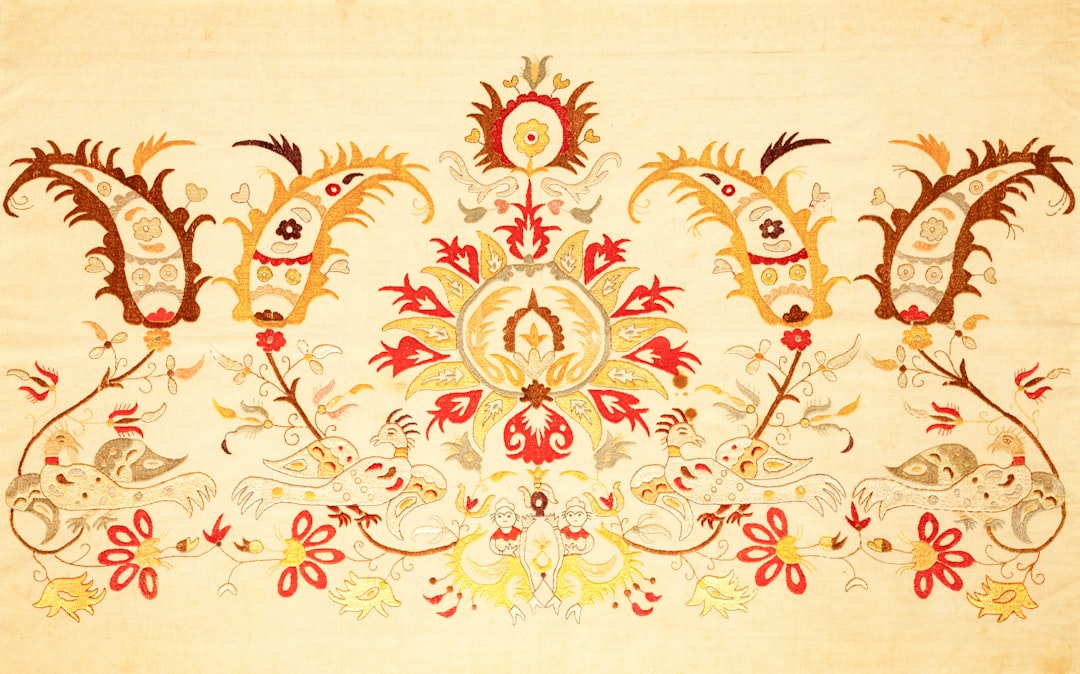
Cancer’s peak light supports bonding and logistics, from block parties to mutual aid spreadsheets. Leo’s mid-summer energy thrives on visibility and play, which research links to creativity and stress relief when heat is managed well. By Virgo’s turn, attention narrows to systems – garden beds, code repos, lesson plans – because the window before autumn is short and precious.
Here’s a practical read: plan family coordination at solstice, pitch boldly in Leo’s heart, audit and iterate under Virgo’s late-summer sky. The seasonal cadence isn’t destiny; it’s a tailwind. Fly with it and you spend less fuel fighting headwinds you can’t see.
Autumn and Winter, Close-Up: How Libra–Scorpio–Sagittarius–Capricorn–Aquarius–Pisces Prepare and Restore
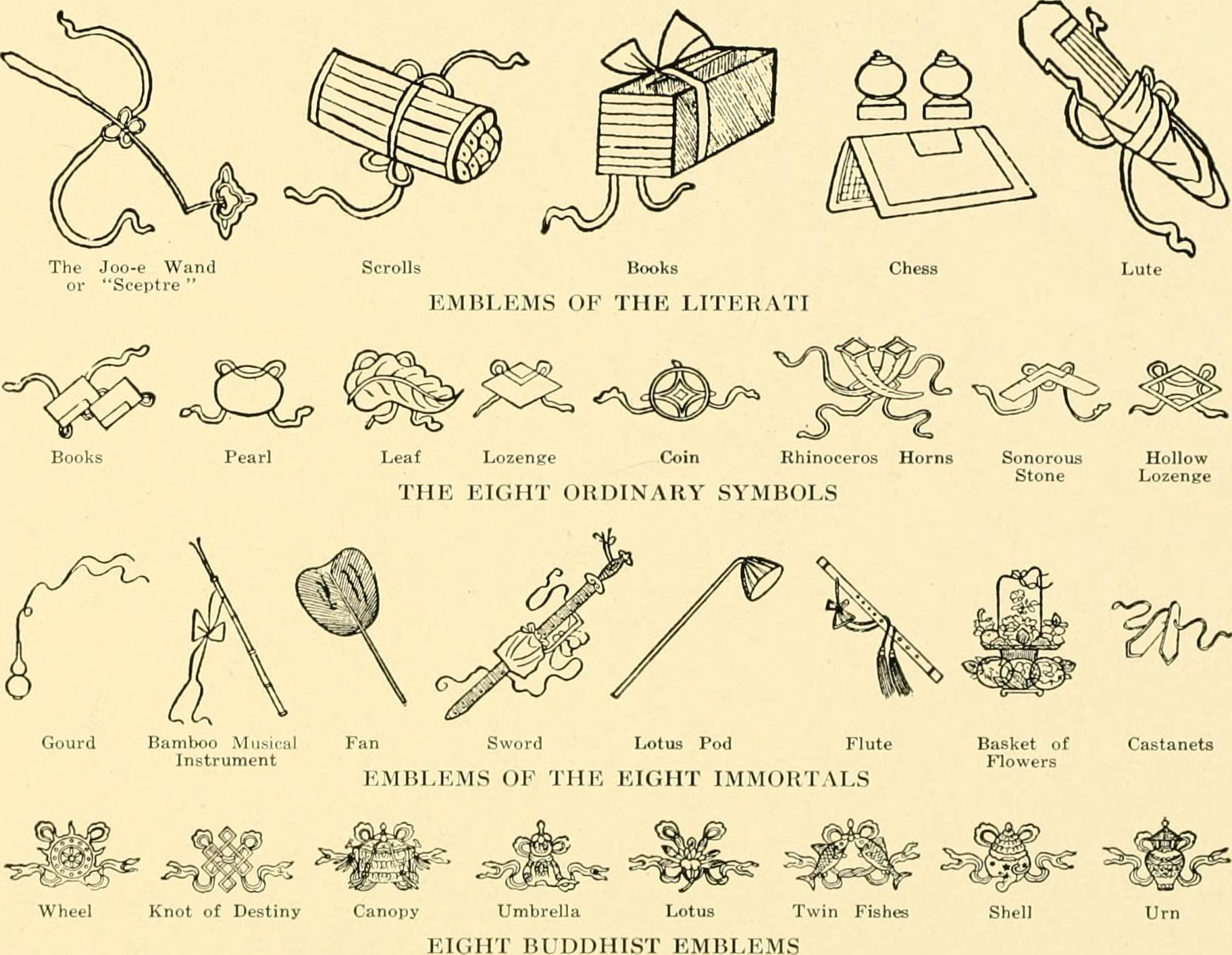
Libra’s balance point is perfect for treaties, budgets, and shared rules because both literal and social light are being renegotiated. Scorpio’s depth is ideal for pruning projects and habits, returning energy to the roots. Sagittarius stretches horizons as travel and learning plans take shape before snows make movement costly.
Capricorn consolidates – frameworks, teams, and traditions that carry weight in cold months. Aquarius innovates under constraint, the classic midwinter creativity fostered by boundaries. Pisces invites recovery, reflection, and artistic work that softens the ground for whatever must sprout next.
Conclusion

Try a season journal for one full year: each solstice and equinox, note your energy, sleep, and social appetite for two weeks. Track light exposure alongside mood, then organize tasks to ride the daylight curve – bold starts near equinoxes, focused execution mid-season, reflection at pivots. Join a local dark-sky or tree-planting effort; both improve the light environment that tunes our internal clocks.
Support chronobiology and mental health research that studies real seasonal effects without overpromising. Share the seasonal lens with your community as a planning tool, not a prophecy, and see what changes when you act with the sky instead of against it. The planet is already giving you a metronome – will you let it set the tempo?

Suhail Ahmed is a passionate digital professional and nature enthusiast with over 8 years of experience in content strategy, SEO, web development, and digital operations. Alongside his freelance journey, Suhail actively contributes to nature and wildlife platforms like Discover Wildlife, where he channels his curiosity for the planet into engaging, educational storytelling.
With a strong background in managing digital ecosystems — from ecommerce stores and WordPress websites to social media and automation — Suhail merges technical precision with creative insight. His content reflects a rare balance: SEO-friendly yet deeply human, data-informed yet emotionally resonant.
Driven by a love for discovery and storytelling, Suhail believes in using digital platforms to amplify causes that matter — especially those protecting Earth’s biodiversity and inspiring sustainable living. Whether he’s managing online projects or crafting wildlife content, his goal remains the same: to inform, inspire, and leave a positive digital footprint.



